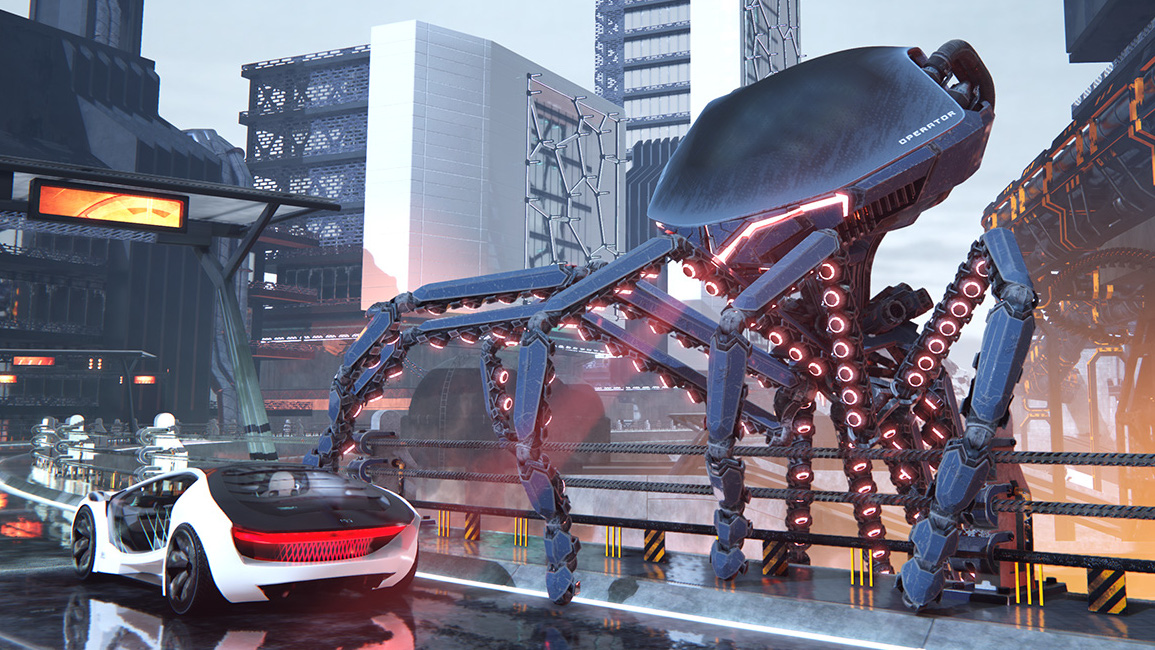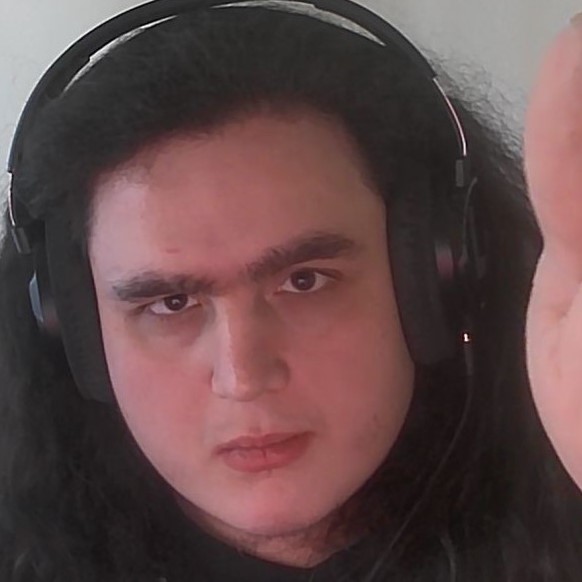Those hoping for a more diverse pool of cross-platformbenchmarkingtools will be pleased to hear that Basemark, through its GPUScore division, has announced a new ray tracing (RT) benchmark dubbedBreaking Limit. This flexible new benchmarking software is targeted at current-gen Android and iOS mobile devices, as well as Windows and Linux computers.
Techniques tested by the new benchmark includeglobal illumination(how light sources interact with the environment and each other), ray-traced shadows and reflections, and even support forFSR 2andDLSS 2upscaling in the “Ultra” version. Since most users playing games with RT enabled are going to also be enabling some kind of image upscaling or resolution scaling to improve performance, the inclusion of DLSS 2 and FSR 2 is nice, though we hope to see updates that addFrame Generationand perhaps evenIntel XeSSto the equation.

GPUScore Breaking Limit Benchmark Requirements
*Since Ubuntu is based on Debian, this bench should in theory work on other Debian-based Linux distributions as well, once released.
Now, while Basemark claims this to be the first “true” cross-platform ray tracing benchmark for whatever reason, it’s worth noting that other cross-platform RT benchmarks do, in fact, exist. For example,3DMark’s Solar Bay benchmark is a cross-platform RT bench that usesVulkanon Android and Windows and even supports Metal on iOS. GPUScore Breaking Limit still looks (and sounds) cool, but claiming it as the “first true cross-platform ray tracing benchmark” does feel like something of an overstatement, even if Breaking Limit is somehow more sophisticated.

Edit: Due to either author oversight or a sneaky page edit, the live page does not claim Breaking Limit to be the “first” true cross-platform RT benchmark. However, advertising as “Thetrue cross-platform ray tracing benchmark”, which is live at time of edit, still seems like very generous marketing for a cross-platform RT benchmark that has existing competitors.
In any case, we may or may not end up adding this Breaking Limit benchmark to our GPU benchmarking suite.
As you may know, we at Tom’s Hardware take ourGPU benchmarks and their hierarchyquite seriously — and be mindful that synthetic benchmarks like this never tell the full story. Most synthetic benchmarks are an ideal scenario compared to the pure chaos of actualPC games, after all. Though for professional workloads where CPU and GPU power pretty much scale as expected, synthetics are nice for setting expectations.
Get Tom’s Hardware’s best news and in-depth reviews, straight to your inbox.
Christopher Harper has been a successful freelance tech writer specializing in PC hardware and gaming since 2015, and ghostwrote for various B2B clients in High School before that. Outside of work, Christopher is best known to friends and rivals as an active competitive player in various eSports (particularly fighting games and arena shooters) and a purveyor of music ranging from Jimi Hendrix to Killer Mike to the Sonic Adventure 2 soundtrack.